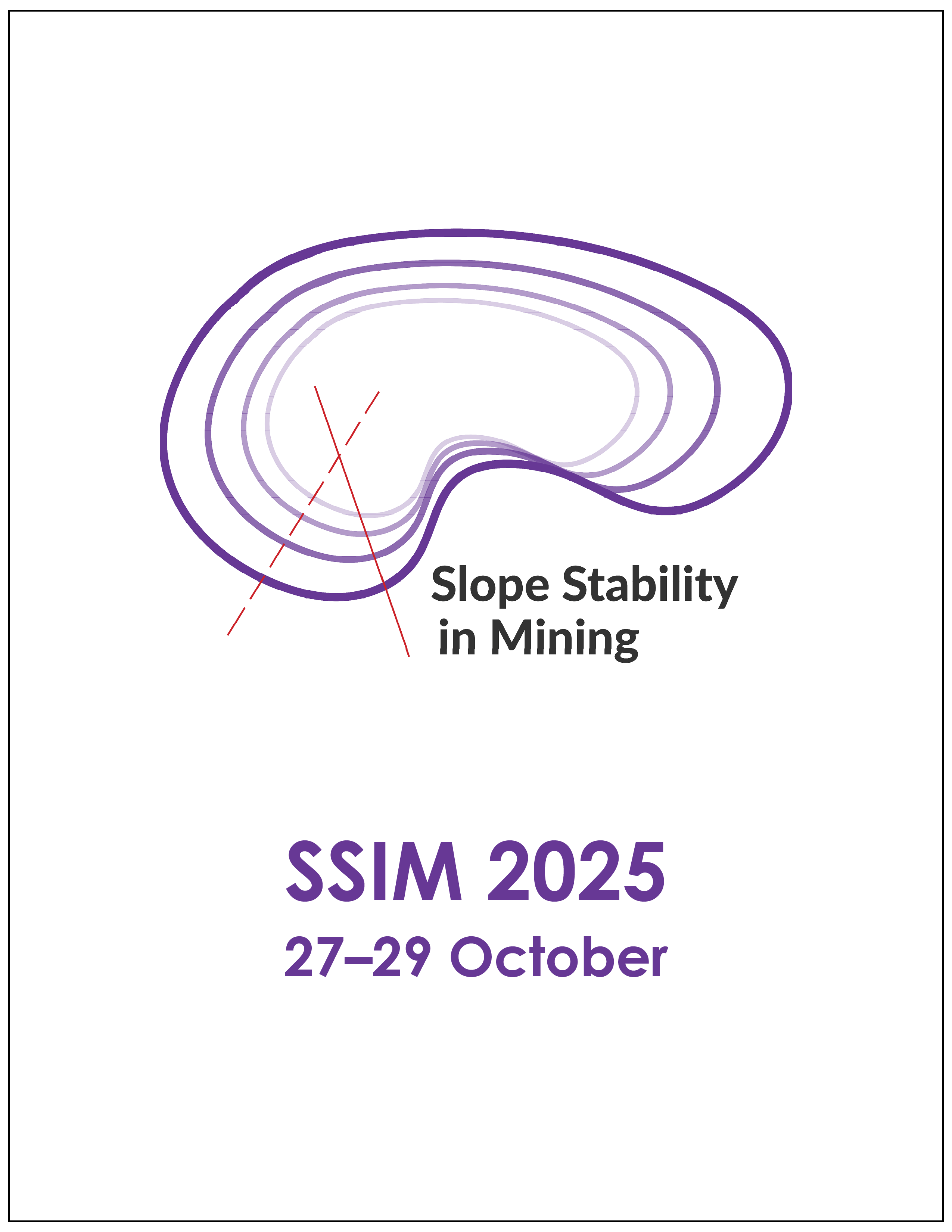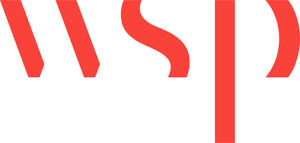Qualifying the wall control drill and blast influence on geotechnical bench design

|
Authors: Saunders, E; Tims, S; Boileau, S |
DOI https://doi.org/10.36487/ACG_repo/2535_05
Cite As:
Saunders, E, Tims, S & Boileau, S 2025, 'Qualifying the wall control drill and blast influence on geotechnical bench design', in JJ Potter & J Wesseloo (eds), SSIM 2025: Fourth International Slope Stability in Mining Conference, Australian Centre for Geomechanics, Perth, https://doi.org/10.36487/ACG_repo/2535_05
Abstract:
The suitability of the geotechnical bench slope design is usually contingent on ‘good practice wall control blasting’. Actual performance of the bench slopes can vary significantly from expectations, especially during initial stages of mining while optimising drill and blast designs. How do you determine whether the poor wall performance is because of poor blasting or challenging geotechnical conditions? This paper provides hard rock case study observations, a framework to audit the wall control blasting (from a geotechnical perspective) and guidelines for modifying the bench design based on the quality of the implementation practices. The paper summarises quantification efforts, however, focused on the decision-making process that geoscientists or engineers face when evaluation the suitability or unsuitability of slope designs. The presented framework is aimed at placing a timeline on potentially difficult decisions that need to be made through a collaborative process. Without establishing a timeline, there can be a never-ending search for improvement that can easily be impacted by staff, ownership, consultant or contractor changes.
Keywords: geotechnical design, wall control blasting, bench slope design, open pit mining, structurally controlled deposits
References:
presentations/
Saunders, E 2024, Geotechnical Model: Geotechnical Domains, presentation prepared for Fundamentals in Slope Design Course, Arizona Geotechnical Center of Excellence, The University of Arizona, Tucson.
© Copyright 2025, Australian Centre for Geomechanics (ACG), The University of Western Australia. All rights reserved.
View copyright/legal information
Please direct any queries or error reports to repository-acg@uwa.edu.au
View copyright/legal information
Please direct any queries or error reports to repository-acg@uwa.edu.au

